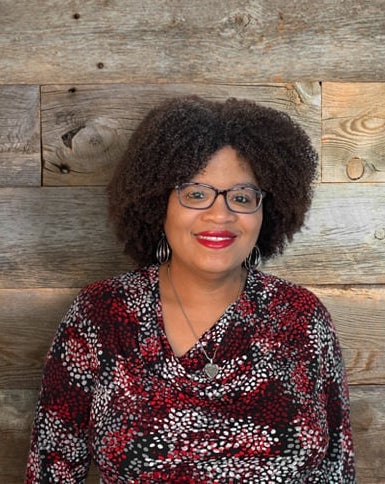
Last Thursday was the second annual Ohio ST Math Summit. It was an amazing experience. About 70 educators from across the state came together to build connections, learn from each other, and engage in discussions around deepening student learning.
Thank you to our education partner Worthington City Schools, who co-hosted the event, and to all of our amazing educator presentators for sharing their expertise and letting us grow with them!
Erich Zeller from MIND kicked the event off by delivering the keynote around the neuroscience of deeper learning:
Great quote about #deeperlearning in #math from @ErichZeller1 at the #STMathSummit today! pic.twitter.com/yutuZOzP0u
— JiJi Math (@JiJiMath) November 3, 2016
@JiJiMath I've been doing math journal prompts all wrong! Can't wait to try something new! #stmathsummit
— Sarah Fisher (@Sfisher77) November 3, 2016
Analyzing student work an unpacking Ss thinking #StMathSummit @JiJiMath pic.twitter.com/zK3Fvewdg0
— Twana Young (@Twanayoung) November 3, 2016
The big question of the day: how do we get to deeper learning?
Deeper learning = puzzles & problems with a "low threshold and a high ceiling" @ErichZeller1 @JiJiMath @PrincipalCoffey #STMathSummit
— Ian Davis (@MrDavisEDU) November 3, 2016
Meagan Erwin, a teacher from Columbus City Schools showed how ST Math is not just a program for independent learning. Megan shared how she brings ST Math games into classroom lessons to engage students in thinking, dicussing and evaluating strategies.
Meagan shows the power of using puzzles in whole group setting to engage Ss in thinking, discussing & evaluating strategies. #StMathSummit pic.twitter.com/YU6U4dvhyW
— Twana Young (@Twanayoung) November 3, 2016
Did you know kindergartners can be game designers? Char Shryock, Curriculum Director at Bay Village Schools, Shannon Howman, a teacher at Worthington City Schools, and Renee Pappas, a teacher at Hilliard City Schools, shared how students of all grade levels are engaging in deeper learning through game design. I can't wait to see their students' entries for next year's Game-a-thon challenge!
Learning about the art of game design for my Kindergarteners. I can't wait to bring it back for my class! 🐧 @JiJiMath #stmath #STMathSummit pic.twitter.com/iOWcKTOPB2
— Kristen Vollmar (@k_vollmar) November 3, 2016
Who else sees similarities between Think Before You Click and the Engineering Design Process? #STMathSummit
— Justin Cline (@Justincline66) November 3, 2016
Brian Seymour, Director of Instructional Technology at Pickerington Local Schools, and Damicka Bates, a teacher from Pickerington Local Schools, led this presentation on using social media to connect and share learning amongst educators. In addition, we discussed how to get students communicating their math knowledge using technology.
We did a scavenger hunt with QR codes and tweeted so much (382 tweets) that at one point our hash tag was trending! You can find more of our tweets from the event using the hashtag #STMathSummit.
.@SeymourEducate stressing advantage of telling the story of your lrng & your Ss lrng on social media #STMathSummit #OHedchat
— Char Shryock (@edtechgirl) November 3, 2016
Attendees heard data literacy presentations from 4 different districts and discussed how to use both quantitative and qualitative data. Tom Kaczmarek, Math Curriculum Leader from Worthington City Schools, and Amy Hudson-Estepp, Educational Technologist from Franklin City Schools, led the session focused on the elementary school level. Nathan Hale, Director of Human Resources from Lancaster City Schools, and Kirk Keller, Math Coach from Pickerington Local Schools, led the session for the middle school level.
The best part was the focus was not just on what data you collect, but why you collect it and what actions you take because of it.
How are students learning from their mistakes and showing growth ? #ohmathsummit #STMathSummit pic.twitter.com/hMkb2mWfXf
— Damicka Bates (@DamickaBates) November 3, 2016
The day ended with a question and answer session on best practices for implementation. It was the best part of the day because it was educator driven, focused on the teachers, and filled with energy, excitement and great ideas. Current ST Math users were able to stretch their thinking to deepen their own implementation.
Interested in learning more about ST Math? Request program information below:

Twana is Vice President of Curriculum and Instruction at MIND Research Institute. Follow her on Twitter @TwanaYoung.
Comment